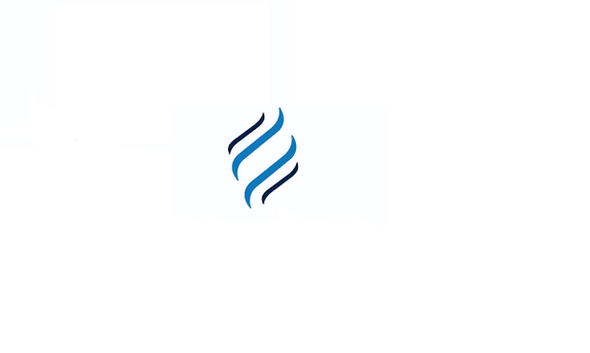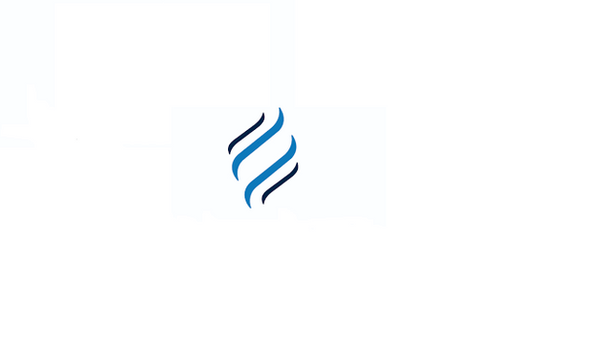Description
Recombinant Mouse IGF1(Long-R3-IGF1) Protein (His Tag)(Active) | PKSM041325 | Gentaur US, UK & Europe Disrtribition
Synonyms: IGF1; IGF-1; insulin-like growth factor 1; Insulin-like growth factor I;Somatomedin C; somatomedin-C
Active Protein: Active protein
Activity: Recombinant Mouse IGF1 is produced by our E.coli expression system and the target gene encoding Gly49-Ala118 is expressed with a 6His tag at the C-terminus.
Protein Construction: Recombinant Mouse IGF1 is produced by our E.coli expression system and the target gene encoding Gly49-Ala118 is expressed with a 6His tag at the C-terminus.
Fusion Tag: C-His
Species: Mouse
Expressed Host: E.coli
Shipping: This product is provided as lyophilized powder which is shipped with ice packs.
Purity: > 95 % as determined by reducing SDS-PAGE.
Endotoxin: < 1.0 EU per μg as determined by the LAL method.
Stability and Storage: Generally, lyophilized proteins are stable for up to 12 months when stored at -20 to -80℃. Reconstituted protein solution can be stored at 4-8℃ for 2-7 days. Aliquots of reconstituted samples are stable at < -20℃ for 3 months.
Molecular Mass: 10.2 kDa
Formulation: Lyophilized from a 0.2 μm filtered solution of 20mM NaAc, pH 4.5.
Reconstitution: Please refer to the printed manual for detailed information.
Background: Insulin-like growth factor I (IGF1) belongs to the family of insulin-like growth factors that are structurally homologous to proinsulin. Mouse IGF-I is synthesized as two precursor isoforms with alternate N- and C-terminal propeptides. These isoforms are differentially expressed by various tissues. Mature mouse IGF-I shares 94% and 99% aa sequence identity with human and rat IGF-I, respectively, and exhibits cross-species activity. It shares 60% aa sequence identity with mature mouse IGF-II. IGF-I induces the proliferation, migration, and differentiation of a wide variety of cell types during development and postnatally. It plays an important role in muscle regeneration and tumor progression. IGF-I binds IGF-I R, IGF-II R, and the insulin receptor. IGF-I association with IGF binding proteins increases its plasma half-life and modulates its interactions with receptors.
Research Area: N/A






